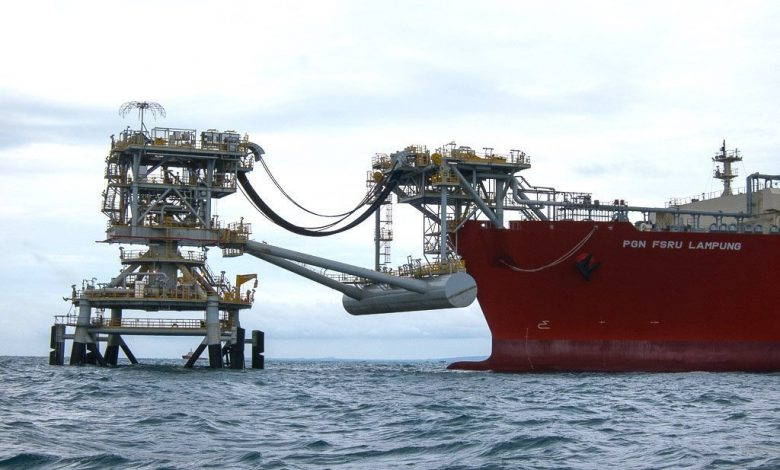Delfin applies for the United States’ first LNG deepwater port

San Francisco: Dallas-based Delfin announced on Monday that it had submitted an application for a liquefied natural gas (LNG) deepwater port in the Gulf of Mexico.
The application, lodged with the Maritime Administration (MARAD) and the US Coast guard (USCG), would, if approved, be the United States’ first LNG deepwater port.
It is proposed that Port Delfin would be located 50 miles offshore Cameron Parish, Louisiana. Back in March it was revealed that Delfin signed a preliminary agreement with Lithuanian natural gas supplier LITGAS whereby Delfin would supply LNG to the Baltic nation.
In this application revealed on Monday, Delfin proposes to construct an onshore compressor station and use existing, underutilised pipeline infrastructure in the Gulf of Mexico to transport natural gas to four moored floating liquefied natural gas vessels (FLNGVs). As envisaged, Port Delfin would have an initial export capacity of 8 million metric tonnes per year.
Under its plan, which the company said it submitted on Friday, Delfin would construct, own and operate the new facility under the Deepwater Port Act (DWPA).
Now that the application is in, a one-year clock is ticking as the DWPA specifies timely action. First MARAD and USCG have 26 days to assess the application for completeness. Then, from the date of publication of a notice of a complete application in the Federal Register, 330-day limit kicks in, by which time it must be approved or denied. In the interim, MARAD and USCG will see that an Environmental Impact Statement is done.
Delfin is a subsidiary of Fairwood Peninsula Energy Corporation (FPE), which is led by Frederick Jones, a 40-year veteran of the international commodity trading business.

Delfin would definitely not be the United States’ first LNG deepwater port; it would be the first LNG-export deepwater port. Existing US LNG deepwater ports: Neptune LNG, Northeast Gateway. Excelerate built the first LNG deepwater port, Gulf Gateway, in 2005 (see http://excelerateenergy.com/excelerate-energy-retire-gulf-gateway-deepwater-port/ ).